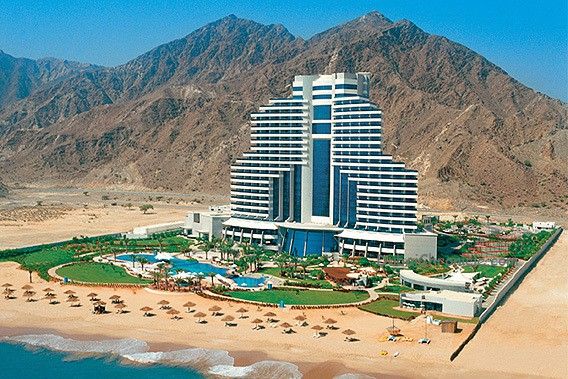Poor countries cannot rival strongly financed agricultural products. As a result, financed agricultural products from the West have ruined the business of small farmers in all parts of the globe.
Understanding the current situation with the production, prices and inventories of the food is not that difficult. The avalanche of misleading information and brief uproar coming from the mainstream media proves that if those who try to understand these things will only meet obstacles and fail.
Over the last 10 years, two main trends appeared and took over these agricultural prices and markets. These are the continuously decreasing inventories and the swiftly increasing (nominal) prices. This directly challenges the key supply/demand basis.
It is true that decreasing inventories should, in theory, make the prices go up. But after that these increasing prices are expected to result in increasing supply and decreasing demand. That is due to the higher prices. That will inevitably lead to the reconstructing of inventories.
This is the biggest price jump in agricultural commodities for the past four decades. However, inventories continue to stay at a low level. In addition, dangerous stock-to-use rates are still to the lows from the last decades. But why isn’t the world economy affected by the supply/demand stimuli? The answer is that our subsidy glutted model for world agriculture is not working.
Western countries who fail to take fiscal responsibility are complaining about the rising deficits and debts. In the meantime, farm subsidies continue to grow. Currently, direct and indirect Western agricultural financing have an excess of $100 billion per year. But these subsidies are spreading even further and it is not easy to calculate their total amount.
For instance, a big part of the corn subsidies in the U.S. are said to be subsidies for ethanol. A huge amount of subsidized water is being sent to the America’s so-called banana economy. However, preferential prices that are given to farmers in the county for water supplies are not seen as a subsidy. About $30 billion direct subsidies were given to soya bean farmers in the period 1995 – 2011. The figure doesn’t include subsidized water.
The effects of continual subsidies in agriculture and in general that clear and inescapable are two. The first are the unnatural low prices. The second – the decreased production. These permanent agricultural subsidies have the power to increase even more both the crop and food prices.
In other words, crop and food prices could have been higher. However, the value of the money is collapsing very quickly. Even nominal prices continue to be extremely low. That results in the inexorable and durable inventories deterioration.
This tendency is easy to understand. Well-financed agricultural products from the West are sent to markets from every part of the world. Countries which are poorer and less advanced do not have the strength to rival with them. That is why financed agricultural products from the West ruined the business of millions small farmers around the globe. The supplies /inventories ratio there then further decreased because of the lands that were left uncultivated.
Those U.S. agitators that are kept live by illegal workforce from Mexico can be grateful to the U.S farm lobby. The lobby is the only one to blame for the influx of illegal immigrants from Mexico. The huge corn financing in the U.S. ruined the business of millions cord-farmers in the South American country. The sole solution for these Mexican farmers was to move to the region where there was corn – the United States.



































